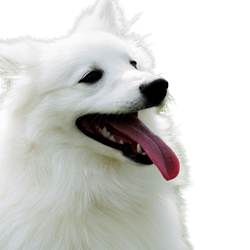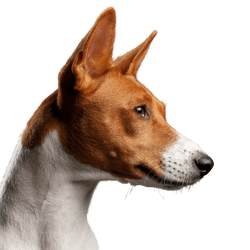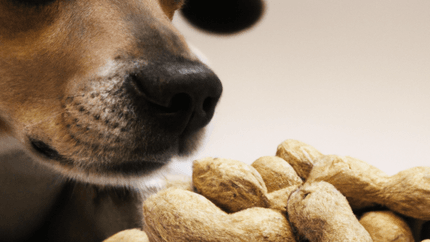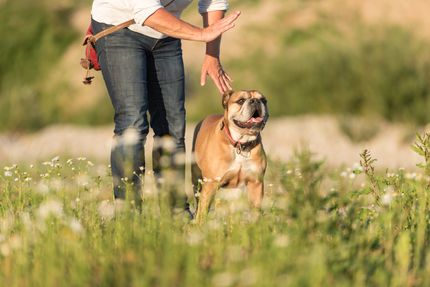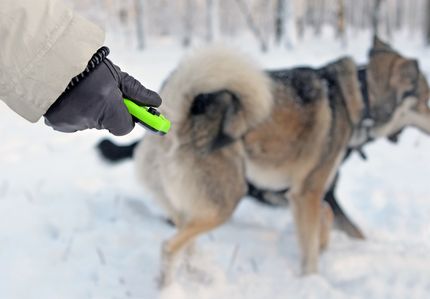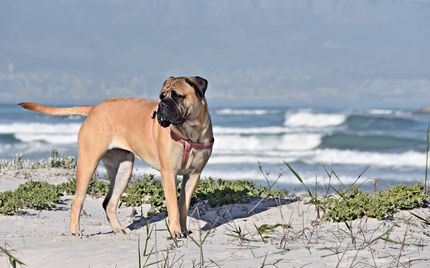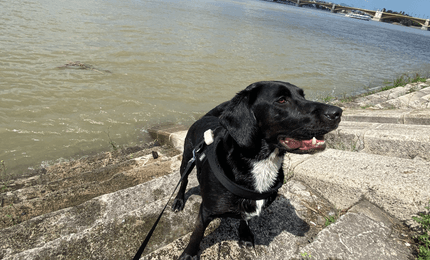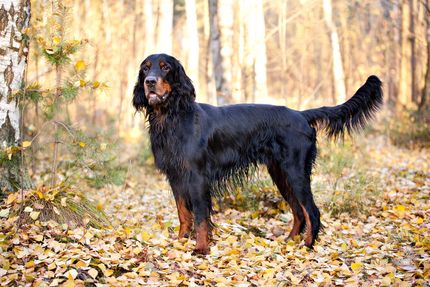Facts & Origin
The Eskenji: An exotic cross between the American Eskimo Dog and the Basenji.
An unusual and fascinating mix of the lively American Eskimo Dog and the independent Basenji, the Eskenji is known for his intelligence, energy and charming character.
Origin and history
The history of the Eskenji is as unique as the breed itself. The American Eskimo Dog, originally used as a sled dog and guard dog in the icy regions of America, is known for its intelligence and lively temperament. The Basenji, on the other hand, one of the oldest known dog breeds, originated in Central Africa and is famous for its independence and its unusual characteristic of not barking but rather making yodel-like sounds.
| Alternate Name | - |
| Origin | USA - Democratic Republic of the Congo |
| Life expectancy | 12 - 15 years |
| Care requirements | high-maintenance - low-maintenance |
| Activity level | average |
| FCI group | not recognised |
| AKC group | not recognised |
| KC group | not recognised |
More American Eskimo Dog mixes
More Basenji mixes
Attitude, character and temperament of the breed
Possible character traits
The Eskenji combines the energy and intelligence of the American Eskimo Dog with the independence and unique charm of the Basenji. He is an active and alert dog who wants to be constantly busy. Although he can be independent, he is also known for his loyalty and love for his family. Eskenjis are intelligent and learn quickly, which makes training easier.
Suitability and attitude
The Eskenji is an ideal dog for active families or individuals who spend a lot of time outdoors. They get along well with children and other pets, but need plenty of exercise and mental stimulation to stay happy and balanced. They are best suited for experienced dog owners who are able to accommodate their independent nature.
Character
Usage
Grooming and health
Eskenjis have short to medium length coats that require regular brushing to keep them clean and healthy. They are prone to some health problems inherited from their parent breeds, including eye problems and hip dysplasia. Regular vet visits and a healthy diet are important to maintain their overall health.
What does this mixed breed look like?
The Eskenji is a medium sized dog with a lean, muscular build. His coat can vary in color and texture depending on which parent he inherited more from, with the most common colors being white, cream, brown, or a mixture of these colors. His eyes are often dark and expressive, adding to his charming and unique appearance.
| Fur length | long - short |
| Fur | flat coated |
| Ear shape | Standing Ears |
| Tail | rolled up |
| Anatomy | sporty, muscular, sporty |
| Size ♀ | 36 - 48 cm |
| Weight ♀ | 8 - 16 kg |
| Size ♂ | 36 - 48 cm |
| Weight ♂ | 8 - 16 kg |
| Suitable For | - |
Known Diseases
Kidney disease
Symptoms of kidney disease in dogs: increased urination (polyuria) increased water intake. Inflammation of the mucous membrane of the mouth. Loss of appetite
Eye infections
Chronic eye infections can be very painful in dogs and can be treated with medication. In rare cases, the cornea must be treated.
FAQ
-
The size varies depending on the parent, but generally they reach a medium stature.
-
Mixed breeds can have a wide variety of coat colors, but typically the Eskenji is white, cream, brown or a mixture of these colors.
-
This hybrid breed has a low risk of hereditary health problems, but like all dogs, they can be prone to hip dysplasia and eye disease.
-
Yes, the Eskenji is very affectionate and friendly, so it is very suitable for families with children.
-
Yes, he is intelligent and can be trained relatively easily. He has a strong motivation to receive praise and attention, which makes learning even easier.
